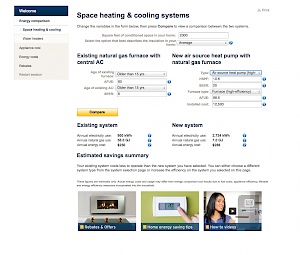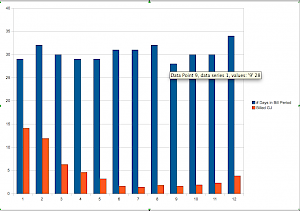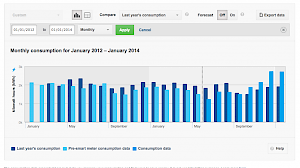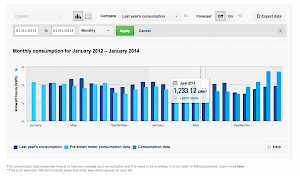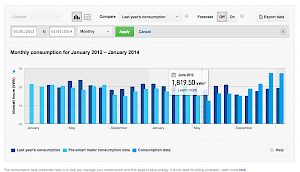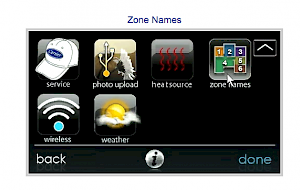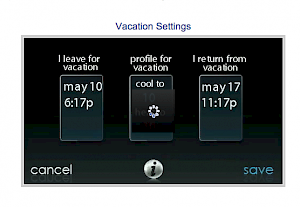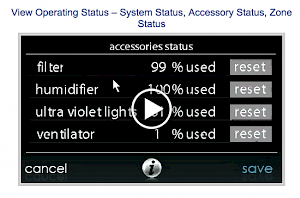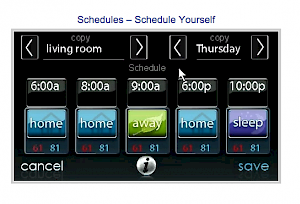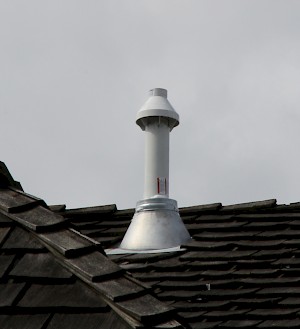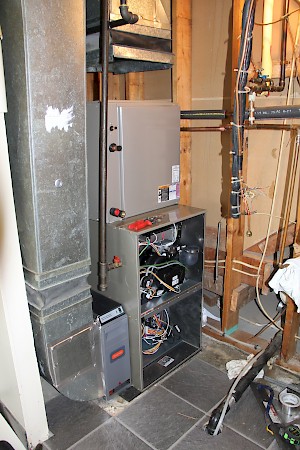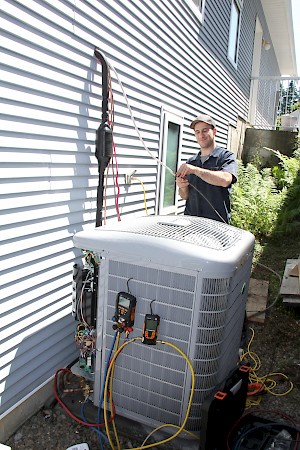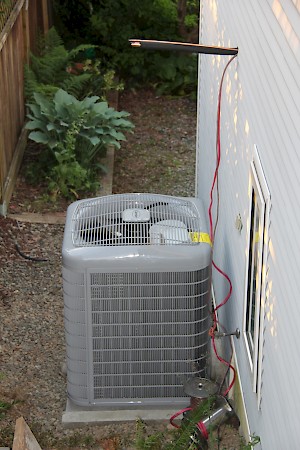Heat pump or Regular Furnace in Surrey - which one is better in our temperate weather?
Last year our heating system was "coming to the end of its useful life". We had a nice 2 ton Carrier air conditioner and a Carrier furnace, both of which were original equipment when we built the house we live in in 1988. We never had any problems with either system, but being a home inspector, I knew it was going to be any time when they had to be replaced, and I was pretty certain the air conditioner wouldn't last the summer, so last spring I started to investigate the best combination of heating and cooling systems that would provide us with comfort and hopefully less heating/cooling bills.
I poured over various consumer reports and reviews. I even re-newed my "Consumer Reports®" online, which usually provide me with fairly accurate results when purchasing anything from a camera to a car. Unfortunately when it came to air to air heat pump and heating systems, they weren't very helpful. I spent hours online and talking to various contractors regarding the choices/combinations/efficiency results. Finally, after 2 months of research, I narrowed the combination heating/cooling to a few variables and contacted more than a few heating contractors to get quotes.
All of the contractors were reputable and offered me some interesting choices. Inevitably, I ended up going again with Carrier as a manufacturer. Their Infinity 20 with Greenspeed Series Air to Air Heat Pump with a backup high efficiency furnace (with Greenspeed) and coupled with the Smart-Pro thermostat. seemed to offer everything I was looking for, including something that I really loved, being the tech-junkie I can be at times — I can change the temperature of my home via my iPhone app. And the command centre (not just a thermostat) gives me an accurate idea of daily savings vs last year.
Removal and installation of the new system
All this meant a little bit of work. Fortunately our ducting was already fairly skookum — enough to handle the job. We had to create a cement pad to place the air to air heat exchanger. The existing one for the 2 ton air conditioner wasn't going to work as far as placement.
The install only took a few days and we were up and running in June, just around the same time we received our "smart meter" from BC Hydro.
We had a very comfortable summer inside, with the air-to-air heat pump delivering a nice steady flow of air. The air quality was great as well. The actual furnace doesn't kick in until the temperatures hit -10c, so I think we've only had a few days of furnace use since our install.
So thinking about this blog, I thought I better look at the numbers and see how we're doing as far as savings. Looking at comfort for ourselves, It's on par — because our old furnace/air conditioner combination always delivered a adequate level of comfort in our interior space, whether on the basement level to the top level (3 floors) It is definitely quieter inside the house. We're not hearing fans go on and off. Just a gentle delivery of heat constantly. The new system gives us a much more heating and cooling without having hot air or cool air blasting out of the registers. I know our neighbours however, will appreciate the absolute whisper quiet motor of the air-to-air heat exchanger, compared to the rather noisy 2 ton air conditioner that gave us a nice cool house, while our neighbours, with their windows open, were well aware of.
So on to the savings. This is where things get a little interesting. You have to factor in first: we needed a new system. Whether we went from the least expensive route which entailed just replacing the furnace, with no air conditioner, or — going apples to apples, with a furnace and air conditioning combination, or a completely different solution — jumping into something different, with an air-to-air heat pump and furnace backup. How did the numbers end up?
First of all, after six months of numbers, (post installation) we first went to the BC Hydro Site to utilize their comparison chart. (below)
This appears to show us that migrating from a gas/cooling to heatpump/gas combination would not be a good idea. It would cost us more than $38 yearly to go with the heat pump. It reveals that our electricity use would go way up compared to the existing system. Our natural gas use would be reduced quite a bit from 58 GJ to 7 GJ however.
One thing we noticed in our actual energy comparison however, was that our new air source heat pump has a much higher HSPF than we can choose in the comparison on-line drop down. Therefore, we can't get relevant figures from the BC Hydro website.
Below is our Fortis 12 month comparison of usage with the new system vs the old. We installed in June. You can see a dramatic change almost immediately from June-December.
Last January's gas consumption was 13.8 compared to 3.8 this year translating to a savings of at least $100 for that particular month (January).
Our electrical bill is interesting however...
This was a two year comparison from January 2012 to January 2014. The dividing line is when we received our smart meter, AND our new heating/cooling system. The consumption went way down in June, July and August, but then started to take over from September to December/January where we used more electricity than the previous year. December and January were pretty significant.
Bottom line? We are not saving a whole bunch of money. In the end our savings are around $160. a year. And our air to air heat pump has a lifespan similar to the air conditioner that we would replace.
However, in the long run, our furnace will last way longer. Probably past my own useful lifespan, as it's only in use when the temperatures are below -10c. So in the long run, we did make the right decision. We're saving a little bit of money, and we have a quiet comfortable home.
Below are two charts showing the monthly Consumption difference in June 2012 and June 2013. Pretty significant savings... The heat pump draws much less electricity than the air conditioner did.
So the bottom line is we're still comfortable in summer, and still comfortable in winter. I'm still going to play with the settings to see how I can reduce consumption of course. The best part, for this guy, is I can change the temperature of the house while dining in a restaurant with my iPhone. That's worth at least the technie-props that I love to have...
Below are screenshots from the Carrier Infinity website. They also have an iPhone app that pairs with the program console so that anything available on the console is available on the app.
Here's a few pictures of the install.

